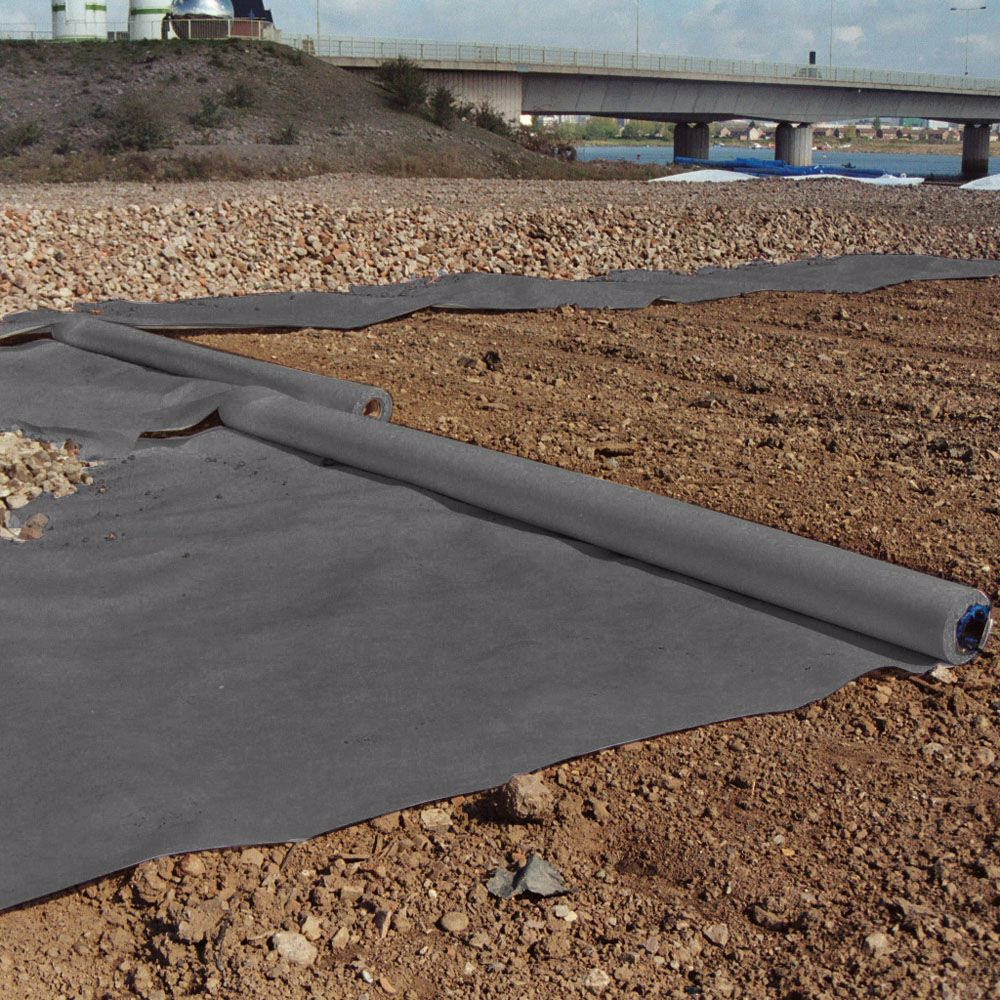There are three main series of geotextiles:
1. Needle-punched non-woven geotextile, the specification is between 100g/m2-600g/m2. The main raw material is polyester staple fiber or polypropylene staple fiber, which is made by needle punching. The main uses are: rivers, seas, lakes and rivers. Embankment slope protection, sea reclamation, wharf, ship lock flood control and other projects are effective ways to conserve water and soil and prevent piping through back filtration.
2. Needle-punched non-woven fabric and PE membrane composite geotextile, the specification is one cloth and one membrane, two cloth and one membrane, the maximum width is 4.2 meters. The main raw material is needle-punched non-woven fabric with polyester staple fiber, and PE membrane is made by compounding. , The main purpose is to prevent seepage, suitable for railways, highways, tunnels, subways, airports and other projects.
3. Non-woven and woven composite geotextiles, including non-woven and polypropylene filament woven composite, non-woven and plastic woven composite, suitable for foundation reinforcement and adjustment of permeability coefficient of infrastructure engineering facilities.
Staple fiber geotextile
Staple fiber needle-punched geotextile is made of short fiber as raw material, which is processed by carding and netting equipment and needle punching equipment.
Features: The product has excellent properties such as acid and alkali resistance, corrosion resistance, aging resistance, high strength, dimensional stability, and good filterability.
Uses: The main function is to strengthen, isolate, filter and drain the project. It is widely used in water conservancy, highways, railways and other fields.
Classification woven geotextile
1. A series of industrial products of geotechnical materials formed by adapting to various characteristics and requirements of geotechnical engineering. It is widely used in geotechnical engineering such as rivers, coasts, harbors, highways, railways, wharfs, tunnels, and bridges. Can meet a variety of different purposes.
2. Filament woven geotextiles use the industrialization and low cost advantages of synthetic fibers; the characteristics of high strength, low elongation, durability, and corrosion resistance; the characteristics of stable woven fabric structure and high compliance rate of engineering parameters to meet various rock Requirements for filtering, isolation, reinforcement, protection and other purposes for different purposes of civil engineering. It is a relatively high-value product in geotechnical engineering.
It has the following characteristics:
1. High strength: Use high-strength industrial polypropylene, polyester, nylon and other synthetic fibers as raw materials, with high original strength. After weaving, it becomes a regular interwoven structure, and the comprehensive load-bearing capacity is further improved.
2. Durability: Synthetic chemical fiber is characterized by its resistance to change, decomposition and weathering. It can maintain its original characteristics for a long time.
3. Corrosion resistance: Synthetic chemical fiber generally has acid resistance, alkali resistance, insect resistance and mildew resistance.
4. Water permeability: The woven fabric can effectively control the pores of its structure to achieve a certain water permeability.
5. Convenient storage and transportation: Because of its light weight, it can be packaged according to certain requirements, so transportation, storage, construction, etc. are very convenient.
